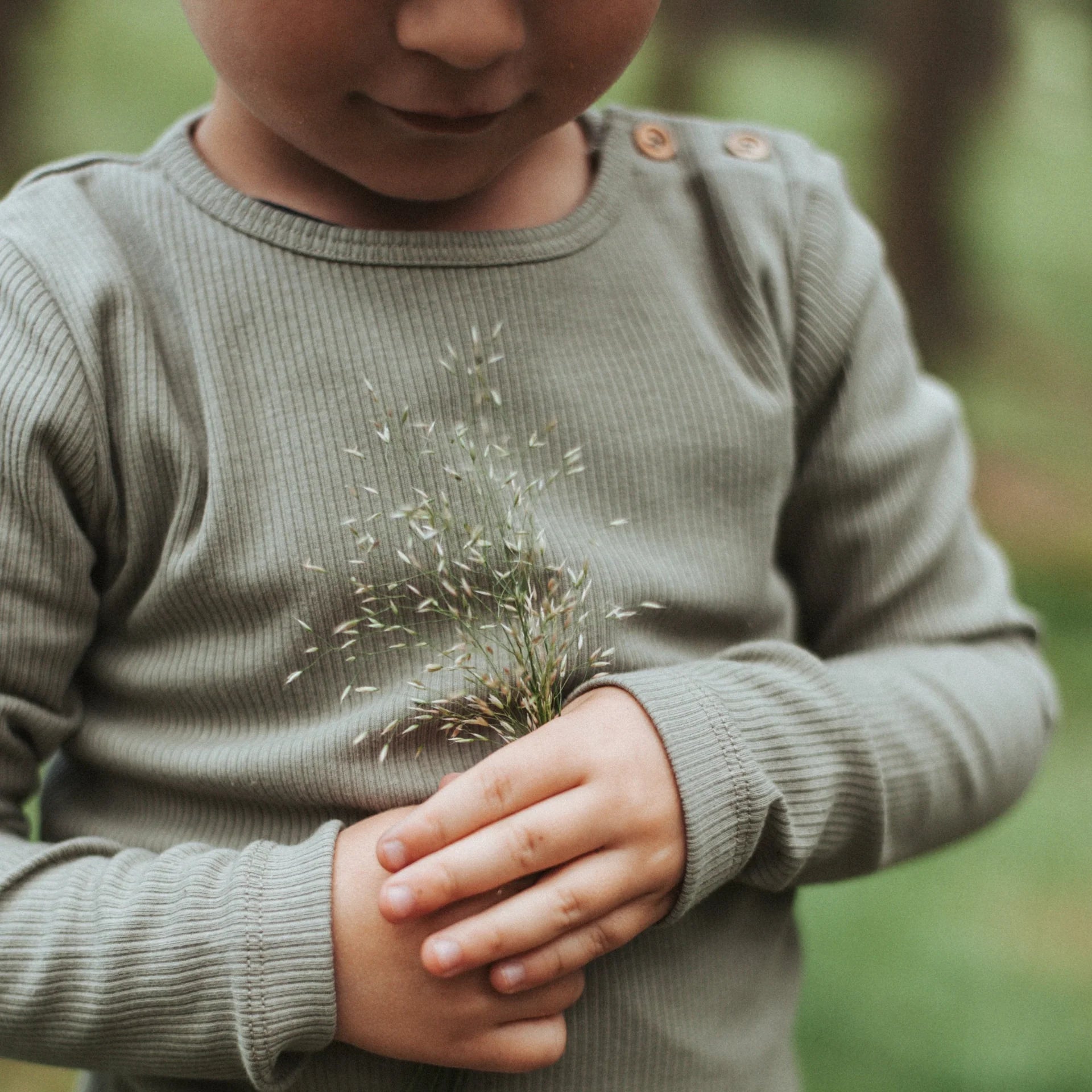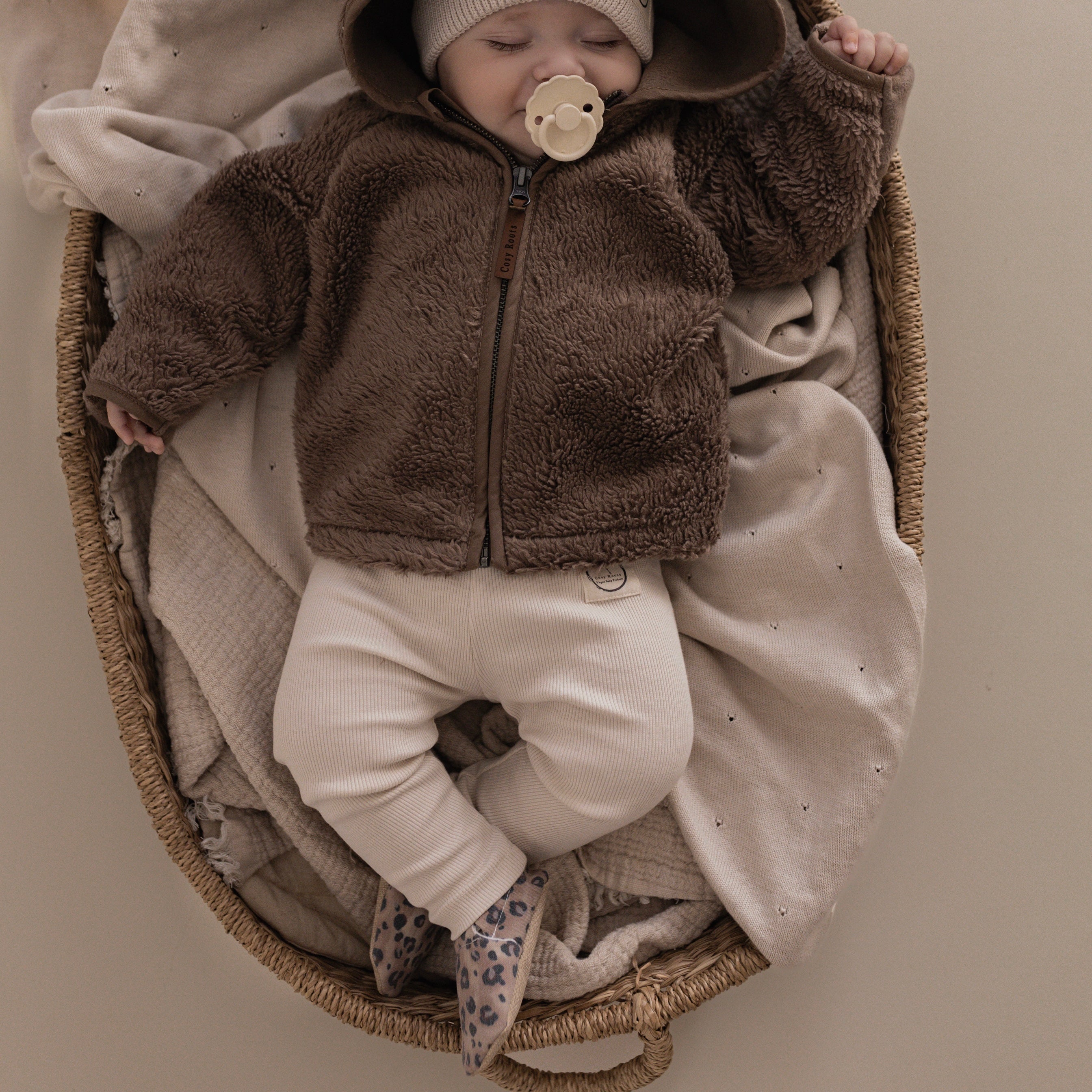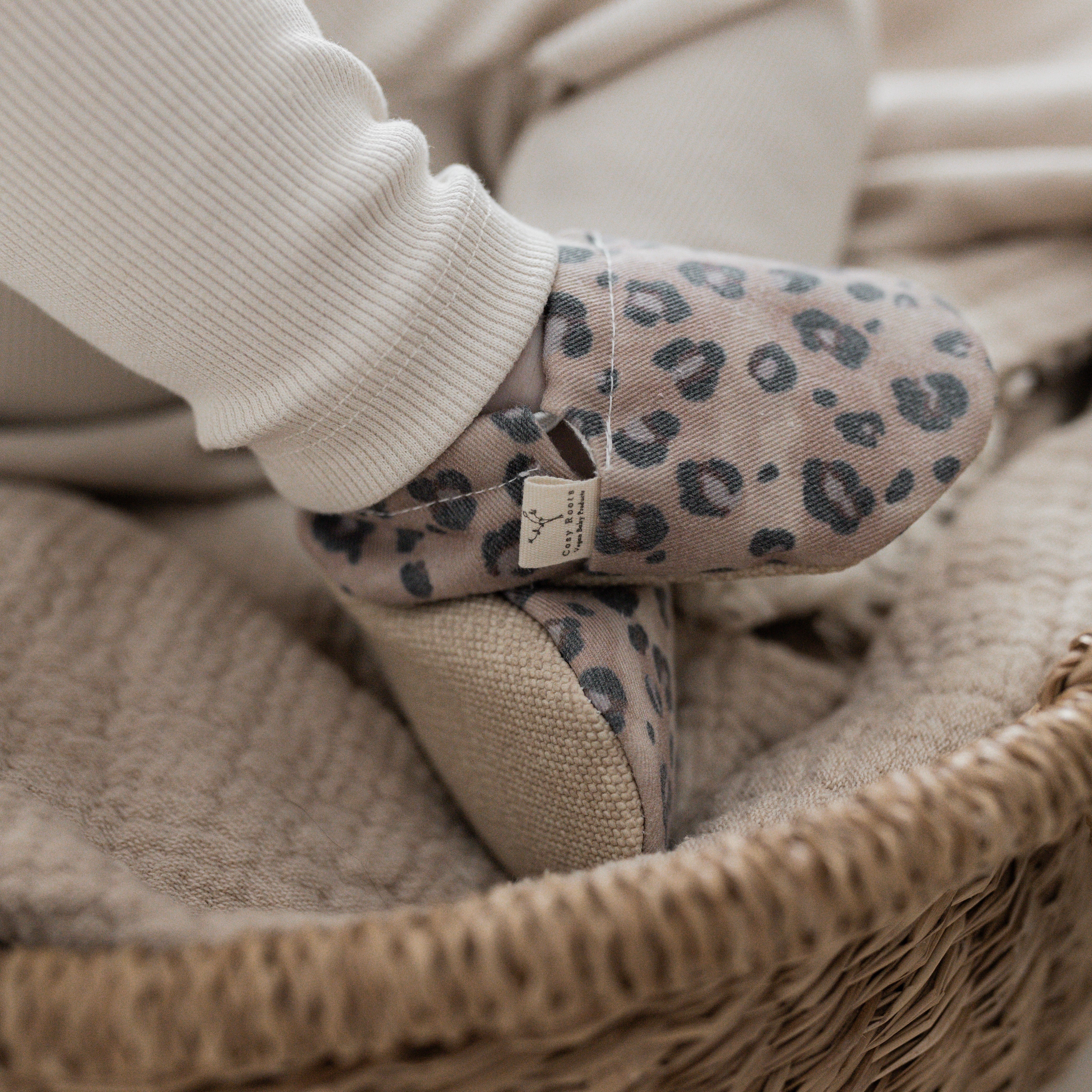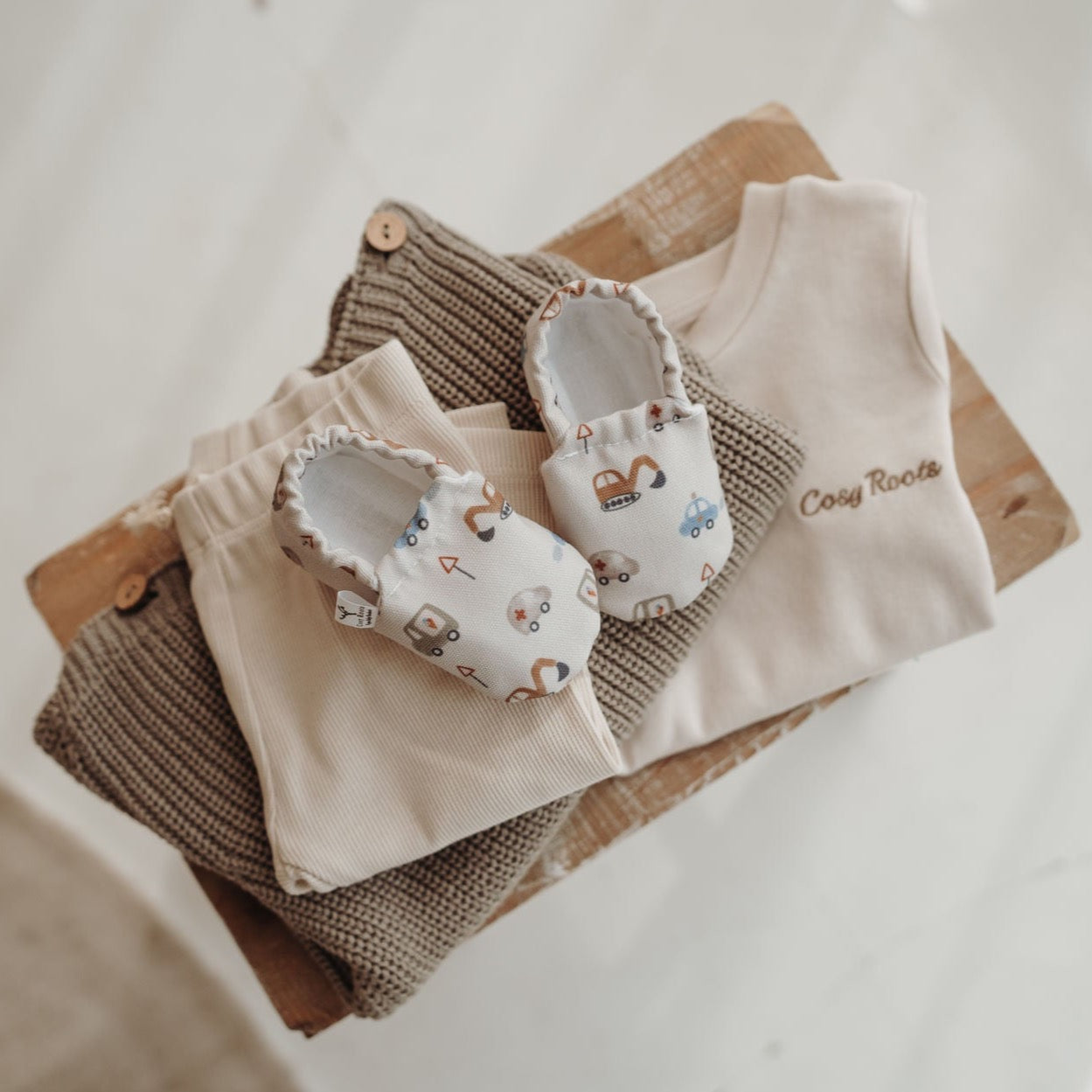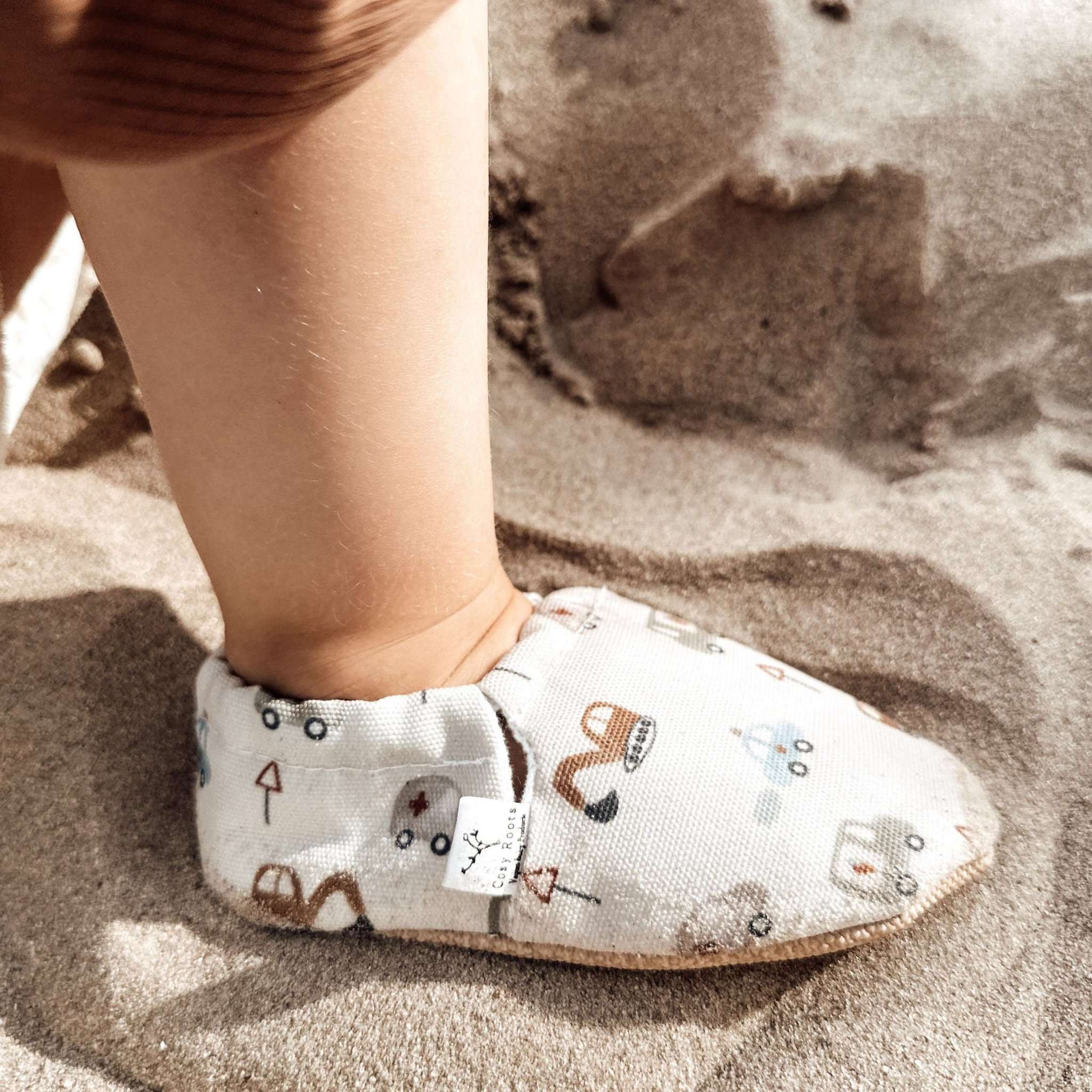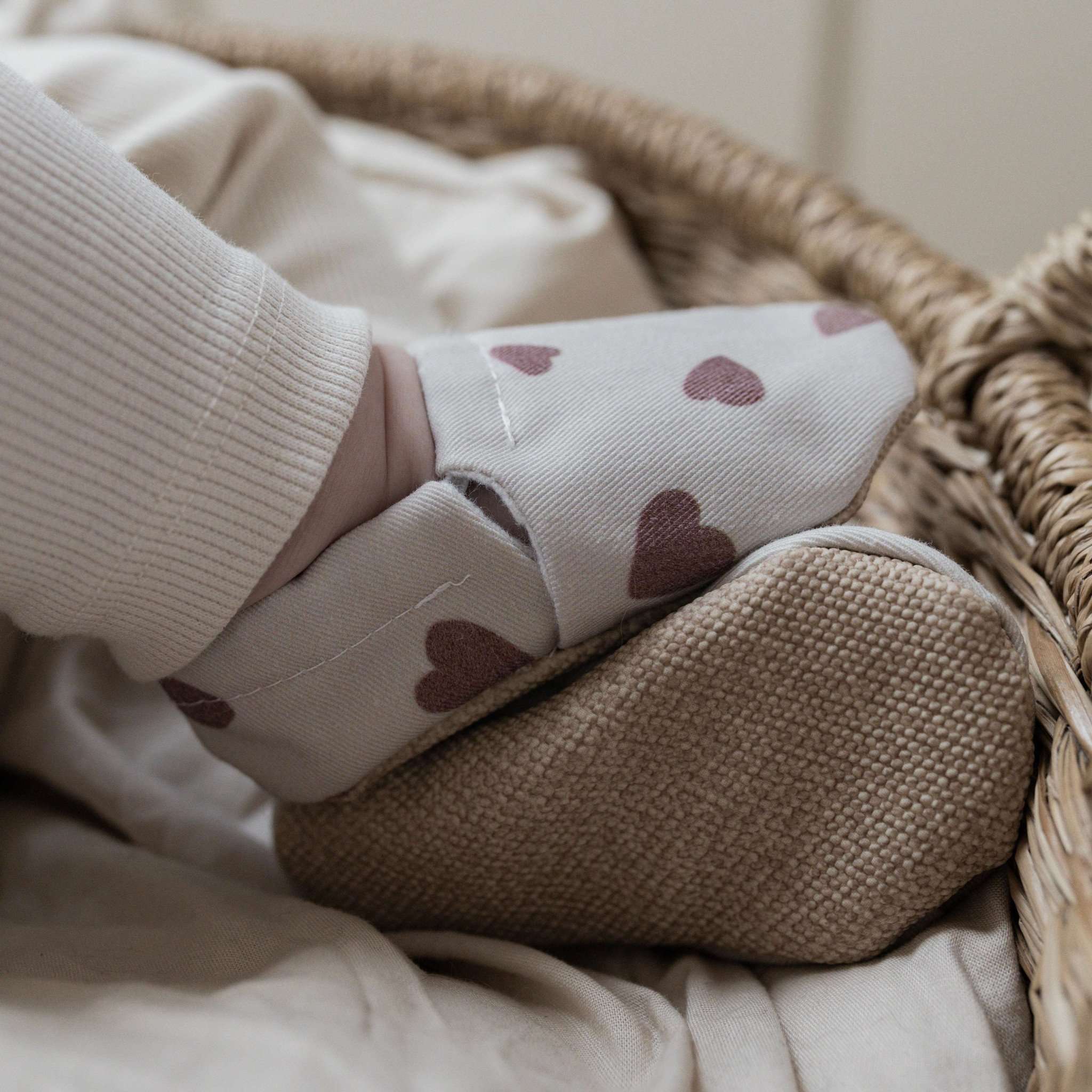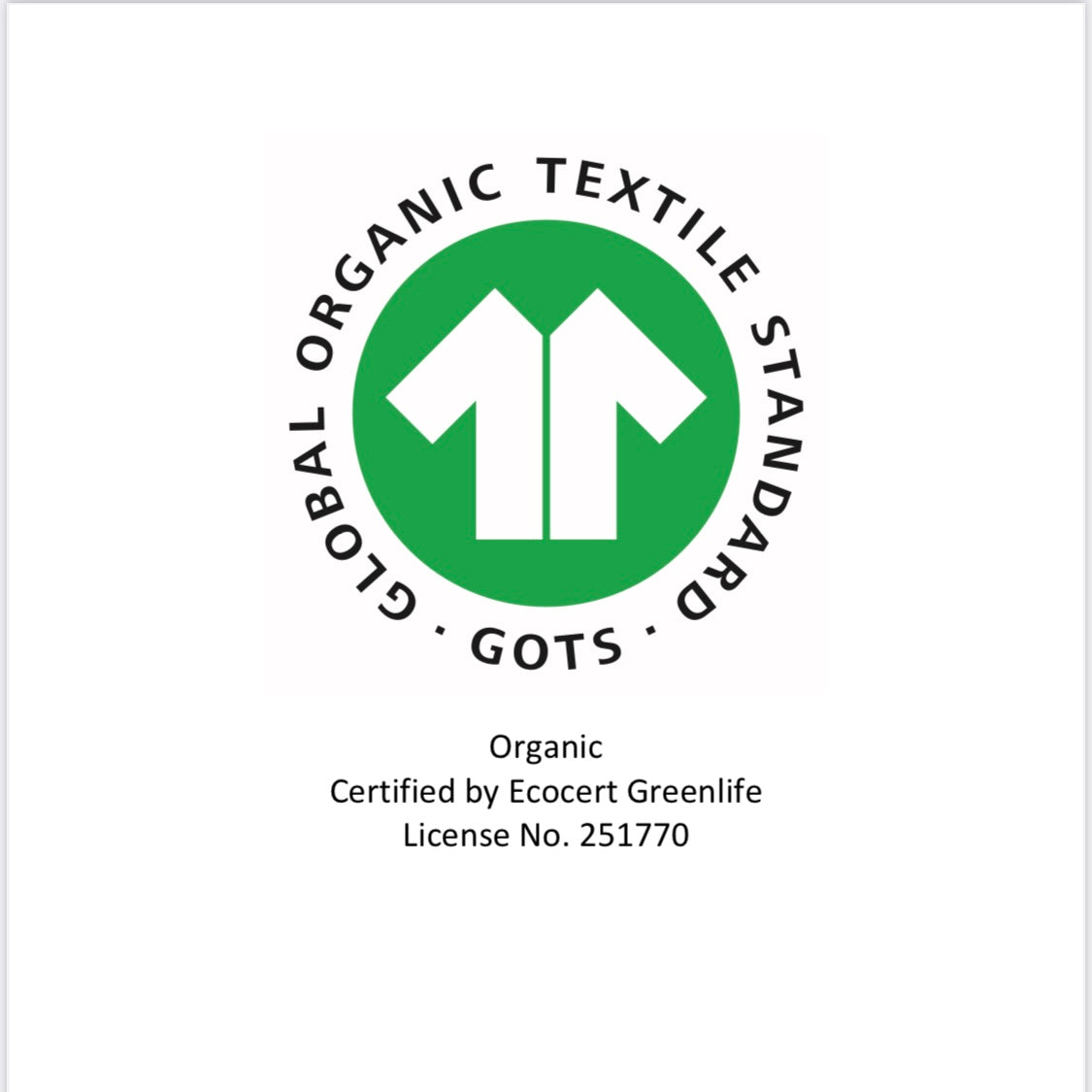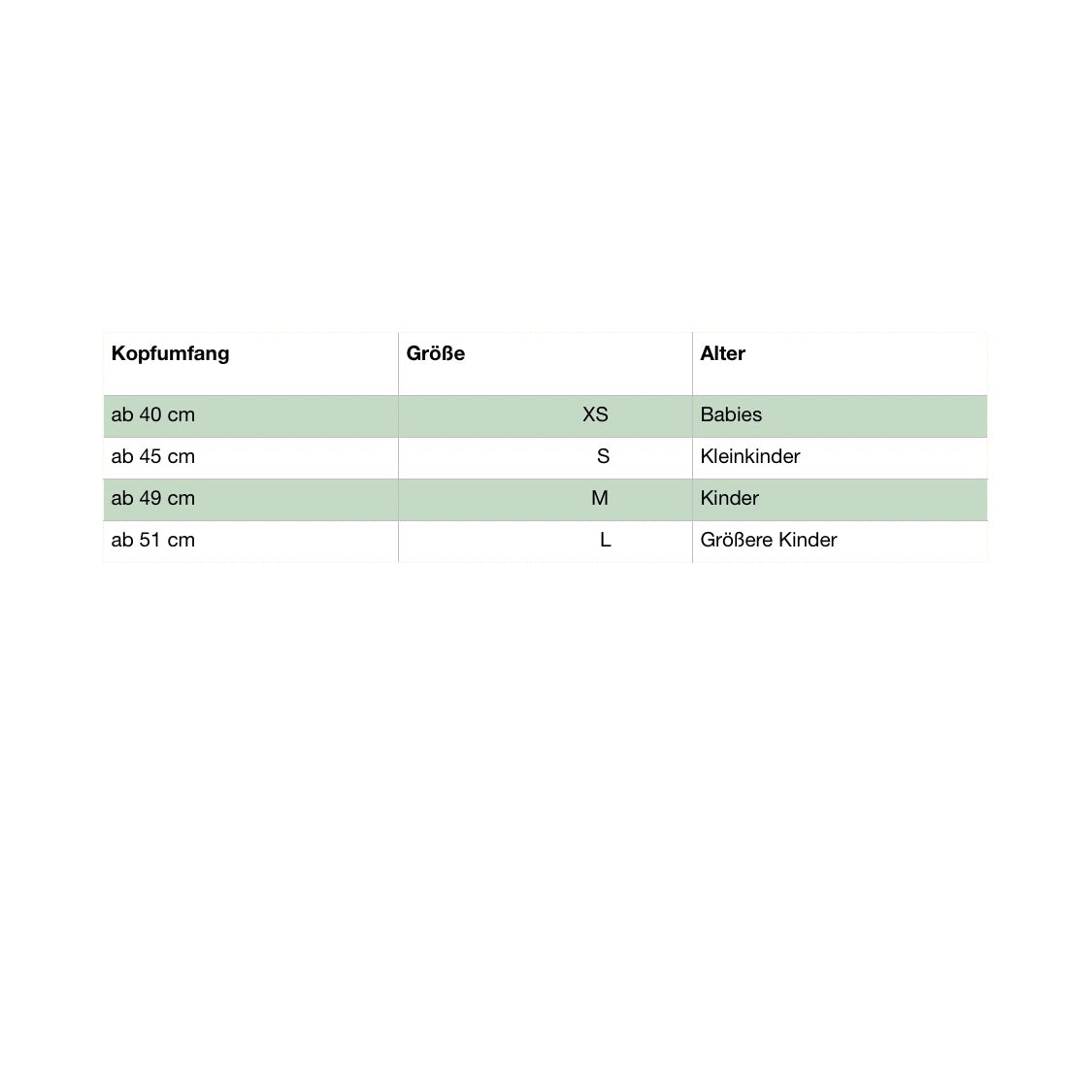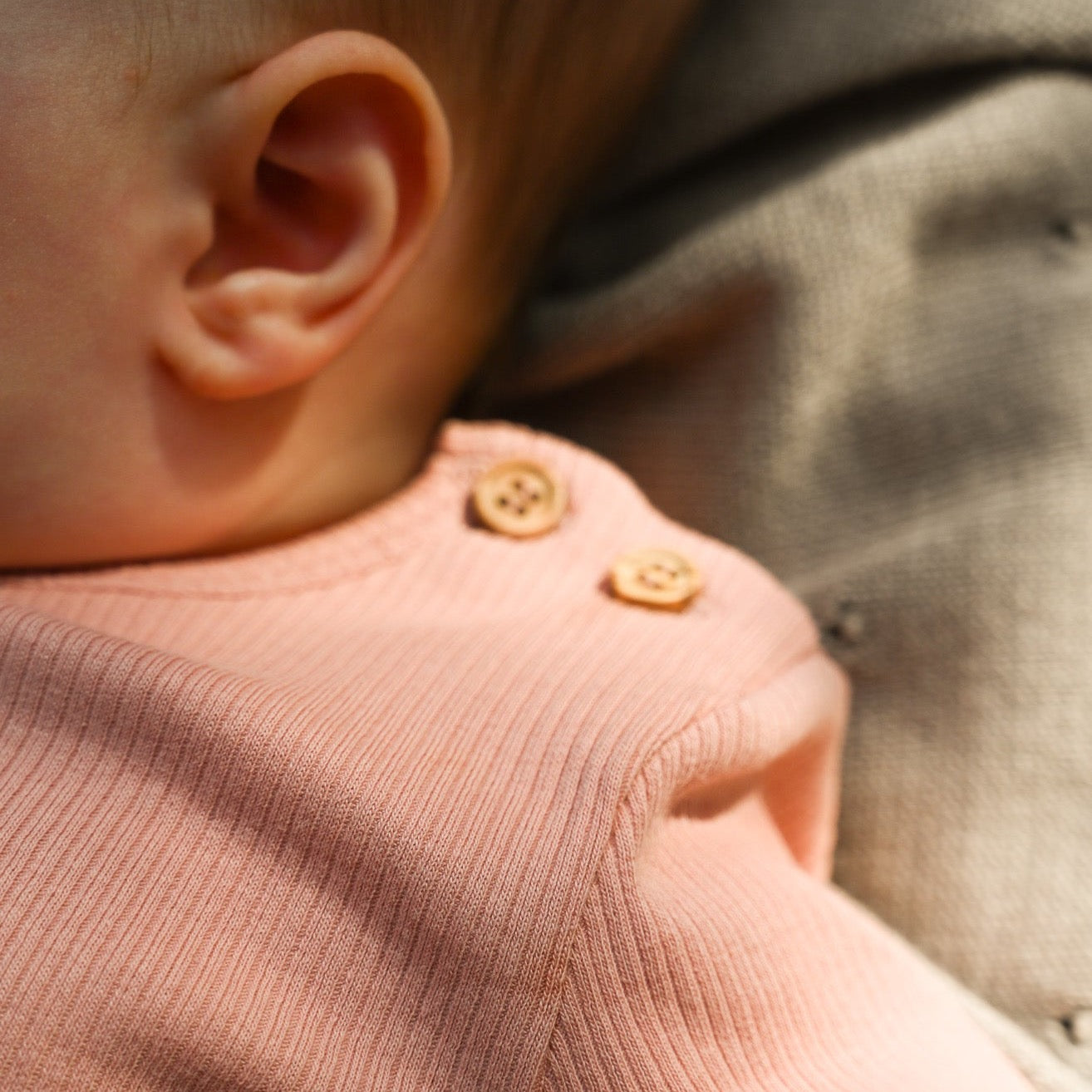We live in a society where everything always has to be done quickly. Fast food, 3-hour cleaning service, fast flights, fast cars, fast life... And if you don't answer an email or message within 5 minutes, a heart attack is immediately suspected. Incidentally, you can actually get that very quickly with this lifestyle.
|
and NOT shopping and bargains |
More and more people have therefore managed to return to the values of our grandparents. Slow Food, for example, started many years ago.
The movement, which now has around 100,000 active members, advocates slowly produced food that convinces with quality and not with a fast manufacturing process. In addition, regional producers are promoted for whom animal welfare and ecological cultivation are more important than an enormous yield.
What is slow fashion?
Analogous to the Slow Food movement, Slow Fashion is all about deceleration: deceleration in fashion trends, deceleration in production, deceleration in consumer behavior and deceleration in environmental pollution.
Slow fashion is characterized by …
- a good sustainability record.
- a greater sense of responsibility towards people and the planet.
- a better understanding of the relationships between climate and CO2 emissions in the cultivation, manufacture and transport of raw materials or goods.
- fair trade and fair production conditions.
- much better quality and durability.
- a frequently more regional connection and/or regional origin of the garments and the associated short transport routes.
Slow fashion trends
Do we really need a new fashion trend four times a year that makes the clothes we buy practically unwearable after just one season? Do we constantly need new trend colors and cuts?
No, we don't really need all that - which is why we consciously see ourselves as supporters of the slow fashion movement. Sustainable garments that are produced in such a way that they last for several years is the motto. Minimalist fashion that can always be passed on - because it doesn't follow short-lived trends. With the parts of our collections we have created a capsule wardrobe, because within the collections each part can be combined with each other and with each other. We also have to free ourselves from the pressure that the fast fashion industry has built up over decades.
Have you ever noticed that 20 years ago there was just a summer and a winter collection? Today there are at least four collections a year. Added to this are the different lines, from casual or streetwear to evening wear. We free ourselves from that. A collection that spans the seasons - no constant changes and no summer/winter sales that are only intended to tempt you to make a quick purchase. We make clothes that never go out of style.
|
|
Slow manufacturing
Do we really want to put up with quickly produced, inferior goods in order to financially keep up with fast fashion trends? Do we want to see how people have to toil under the worst working conditions for our clothes and with starvation wages?
The manufacture of clothing relates to three major areas. Firstly the materials, secondly the working conditions and thirdly the environment. Huge cultivation areas are used for inferior cotton and workers in low-wage countries work their fingers sore so that we can buy a cheap shirt for € 3.99 at the textile discounter.
But there is another way: we could wear garments made from organic cotton or other sustainable materials such as bamboo fibers that have been manufactured and traded fairly. If in doubt, you have to dig a little deeper into your pocket for this - but the pieces will last for many years.
That's why our organic cotton is also GOTS-certified, because we want to make a difference and take responsibility.
Overall, less chemicals are used here - in the fields and in the actual production. By reducing production, there is less waste, less goods are transported through world history and the carbon footprint of the garments improves dramatically.
|
|
Slow environmental impact
Does it really have to be the case that 2,700 liters of water are used to produce a quickly produced t-shirt, only for us to throw it away again after a few months?
Fast fashion causes 10% of all global greenhouse gas emissions. That is more than the total emissions from air traffic and shipping combined (source: EU Parliament). Recently, we've been told that we should fly less on vacation because it's particularly harmful to the environment. However, hardly anyone talks about buying fewer clothes or better clothes. A rethink is urgently needed, especially in the field of fashion.
If we buy a cheap t-shirt, it uses just as much water as a high-quality shirt. The difference: we wear the high-quality for several years and the water consumption is then much more justified. With the cheap t-shirt, we practically throw away the used water as well. Incidentally, 2,700 liters is the amount that would suffice one person for around 2.5 years of drinking water.
Incidentally, we also use yarn made from recycled PET for our slippers, which means that considerably less energy and water is used than with the production of new yarn and the environment is also relieved.
|
|
What can you do to contribute your part to slow fashion?
We have compiled a list of possible measures for you. If you internalize at least some of them, you too will soon be a slow fashionista:
- Free yourself from the requirements of the fashion industry.
- Instead of constantly buying something new, take your time to look in your closet.
- By upcycling, you can use a sewing machine to create the coolest new clothes out of an outdated shirt or jeans that are too tight.
- Just imagine: they still exist, the alteration tailors. Bring in a piece with a hole to mend or a pair of pants that are too big to tighten instead of buying new clothes.
- Instead of throwing away clothes you really don't want anymore, you can sell them at a flea market, swap them with a friend, or try to sell them at a thrift store or online.
- Conversely, you can also buy your new clothes at the flea market or in a second-hand shop (or a second-hand internet exchange). That way, all the resources that went into making that part were worth twice as much.
- If you do want to buy something new from time to time, then look for good quality and a rather neutral cut that you can wear for many years. At the same time, you can always achieve a modern look with accessories.
- With garments with a corresponding seal, such as GOTS or Fair Wear, you can be sure that all criteria for slow fashion have been met.
- If you need special evening wear, you can even rent it. Be honest - if you buy a new item, it will only be worn once or twice.
|
|
What are the advantages of slow fashion?
The advantages of rethinking slow fashion are obvious. In particular, the positive influences on the environment and the people who produce our clothes are clearly visible.
Less water is used and what is used is used much more wisely as we wear the garment over a number of years. The reduced overall consumption leads to less pollution from greenhouse gases. People's working conditions improve as manufacturers can realize a higher margin.
More sustainable raw materials such as organic cotton are used, which use far less water and resources than, for example, industrially grown cotton. In addition to the GOTS-certified organic cotton, we therefore use a proportion of yarn from recycled PET bottles - in the production of which significantly less energy and resources are used and part of the waste of the affluent society is sent to a meaningful second use.
Our health will also benefit, since significantly fewer chemicals that can lead to allergies have been used in the materials. We will even save money because we can wear the slightly more expensive garments much longer because they are made of higher quality, more sustainably - i.e. slowly.
Waste is also reduced along the entire production chain. If we throw away fewer clothes, there will be less waste. There is a rethinking towards re-styling, changing and repairing, as well as upcycling.
Conclusion
Slow fashion is a movement that aims to slow down the fashion sector. Above all, it is about more sustainability in every area. A sustainable way of life includes environmental aspects, as well as social aspects and economic considerations. Slow fashion is the ideal proof that you can combine these areas.
We consider all of these aspects in our collections.
By buying better clothes, we help the people who make them. At the same time we help the environment and save money in the long run. In this sense: Always slowly and carefully.


